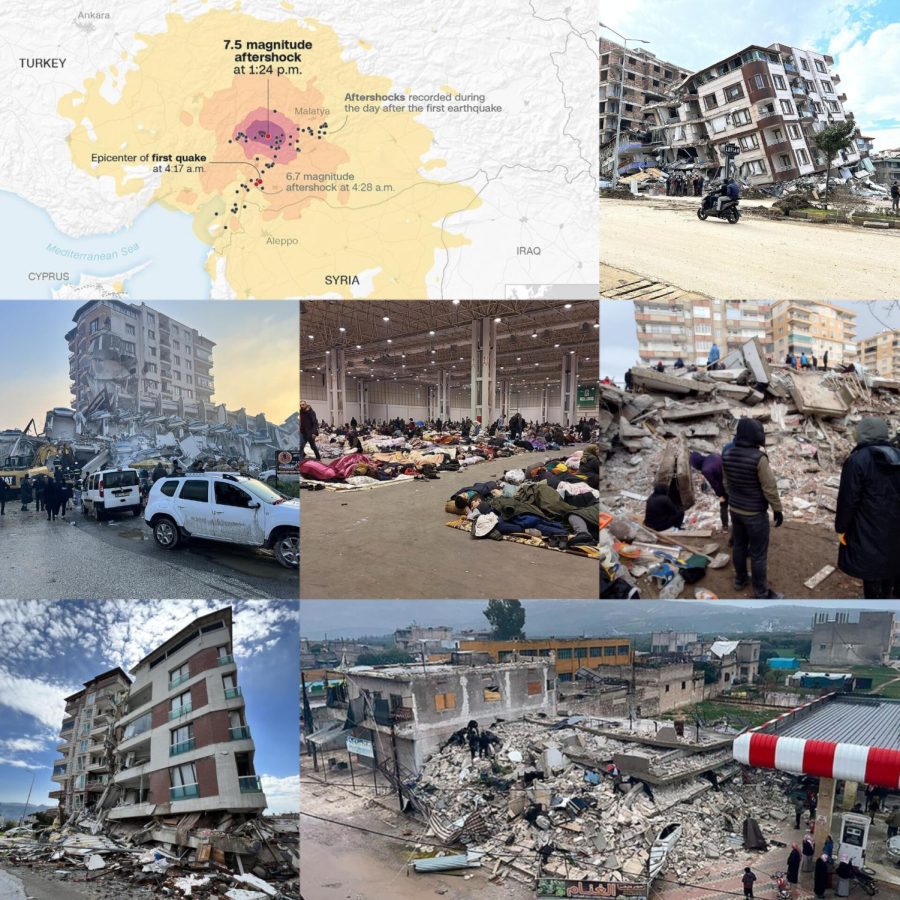Aftermath of Earthquake in Syria and Turkey
The road to recovery is only beginning.
In the early hours of February 6th, a 7.8 magnitude earthquake struck beneath the city of Gaziantep in southern Turkey and northern Syria, resulting in the death and displacement of millions. A series of aftershocks only made matters worse. With a death toll of at least 50,000, it is a tragic and historic event that will have far-reaching implications for the region’s future. Unfortunately, the road to recovery for these two countries is very long, especially in Syria, where the situation is much more complex due to war and political tension.
In the weeks since the quake, there has been an outpouring of support from many countries, international organizations, and charities across the globe. However, there have been a series of setbacks, especially in Syria, as the beginning of the road to recovery begins. While the destruction in Turkey is no worse than in Syria, the Turkish government was able to allocate emergency resources, including monetary aid and military support. In Syria, however, an ongoing civil war between pro-democratic insurgents and long-standing Syrian President Bashar al-Assad has regionally fractured the country. Think of Syria as three regions: the government-controlled southern region, the Kurdish-run northeastern region, and the northwest region, which various groups opposed to the government run. The earthquake struck the northwest region, which means aid and resources are more difficult to acquire, as the region, and country as a whole, lacks strong international relationships, including with the U.S. In addition, if the region was to receive aid from the UN, it must be through one border crossing, Bab-Al-Hawa. Assad has been able to restrict aid going to opposition-held areas of the country, so passing through Bab-Al-Hawa is the only way to get aid directly to opposition-held areas of the country. Damaged roads and having a singular avenue for the delivery of aid made transportation by ground difficult for the UN and other organizations.
A recent investigation by the BBC has found that delays in getting Syrian approval to open more border crossings in addition to Bab-Al-Hawa were avoidable, according to several legal experts. This ongoing investigation will shape the conversation around the lackluster response in Syria in the first days after the earthquake.
The bravest heroes in this tragedy have been rescuers on the ground, who scour the rubble for survivors and the deceased. Facing the bitter cold with few resources, they have been the reason miracle rescues have occurred, with some living victims having been discovered as long as a week after the quake – among them, a 62-year old woman and a young boy.
Earthquakes are especially hard to address, as the first 72 hours after the strike are crucial for rescue. On top of an already catastrophic quake, a delayed response clearly made the situation much worse for chances of survival. According to the UN, an estimated five million people need basic shelter and non-food assistance in the affected part of Syria. With these circumstances, the road to recovery is complex, uncertain, and lengthy.

At Albuquerque Academy, William Weinstein ‘23 is a beloved member of the community. This will be his first year involved with The Advocate! He is already...







